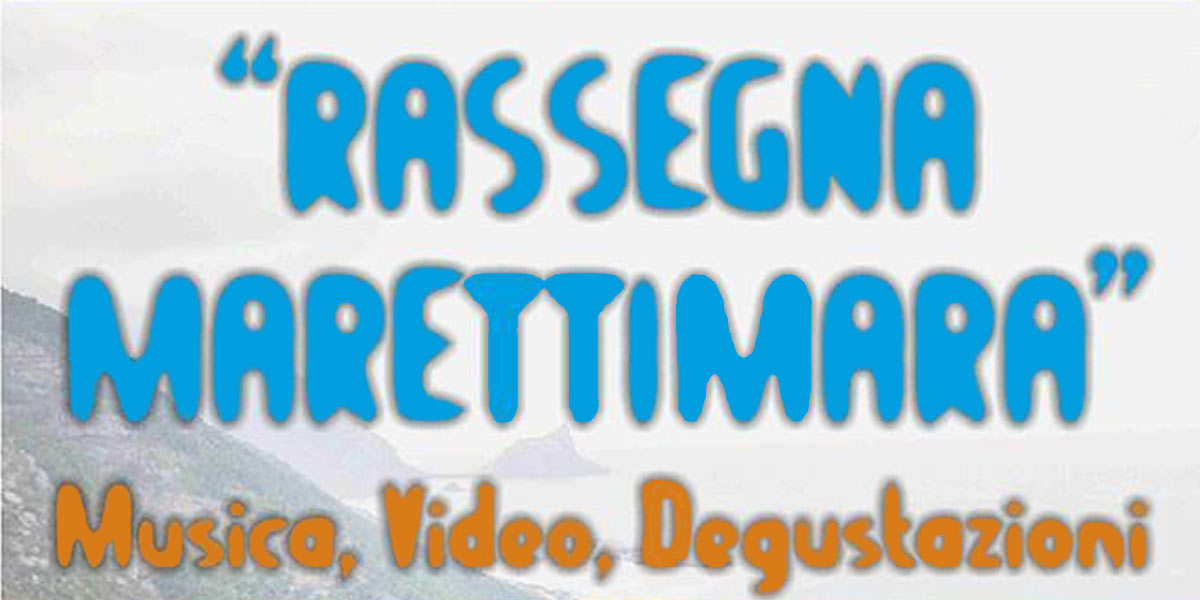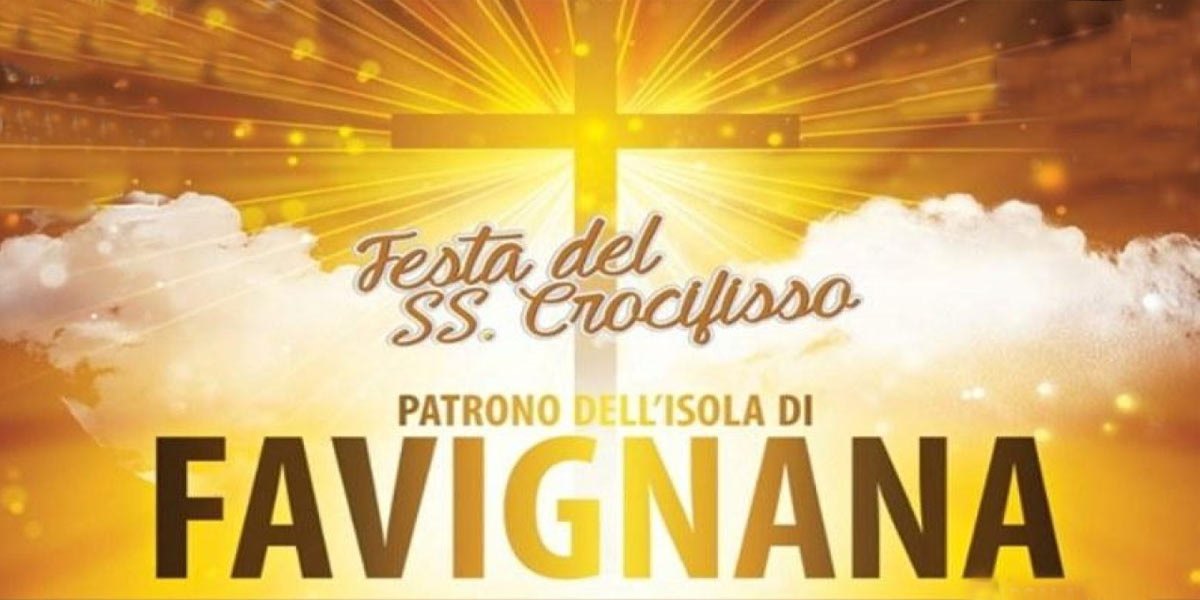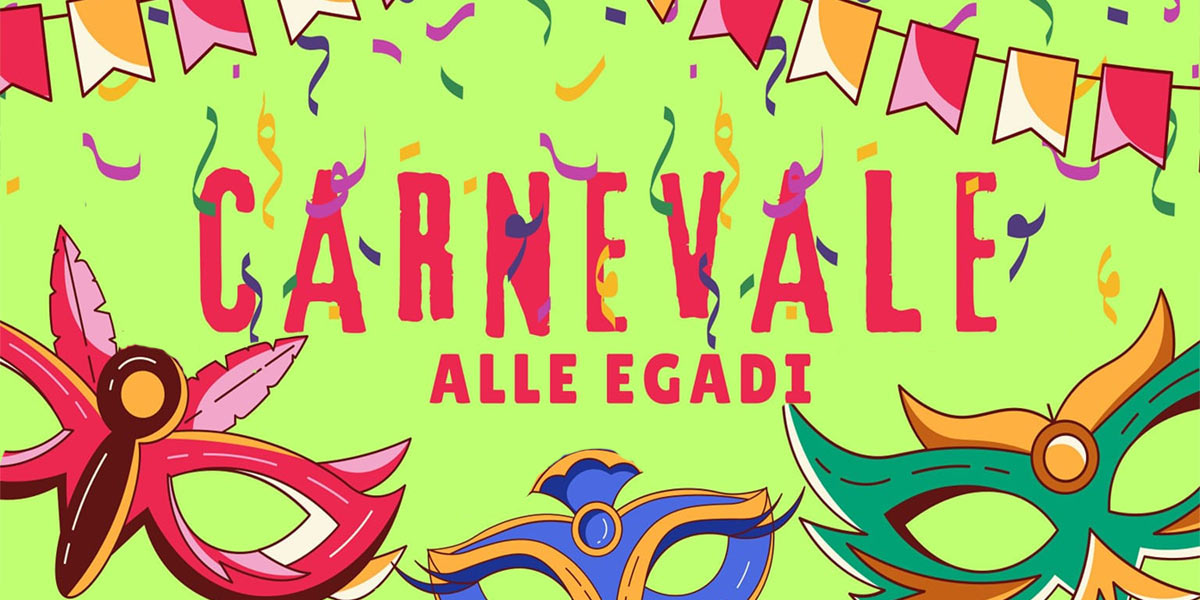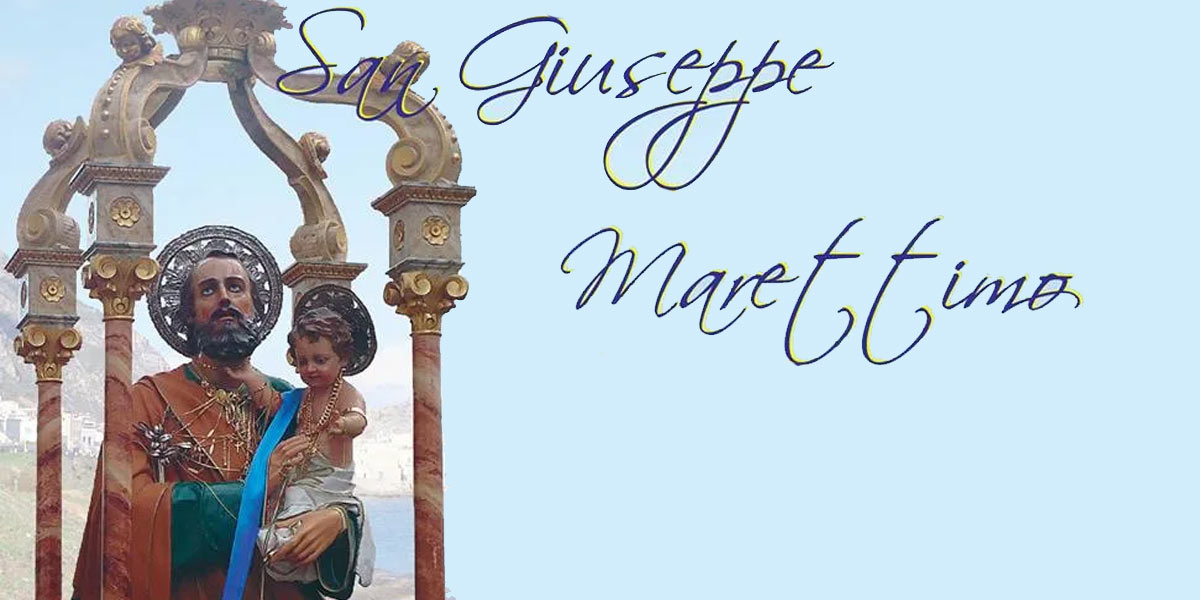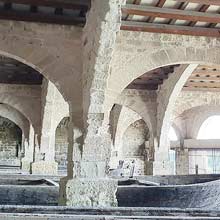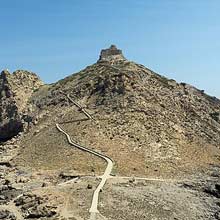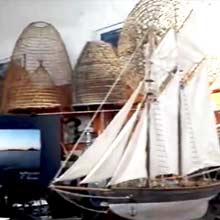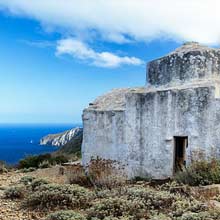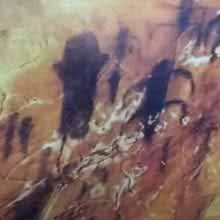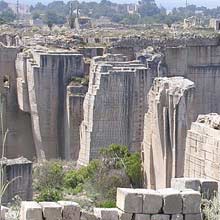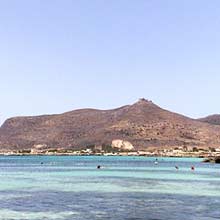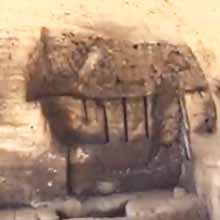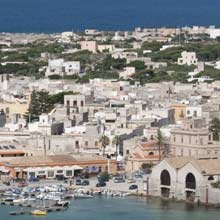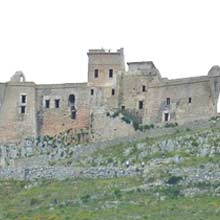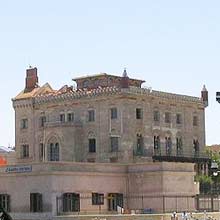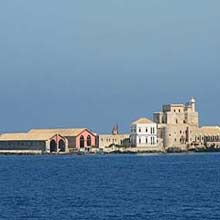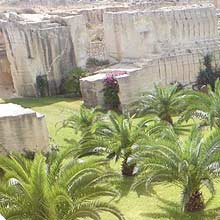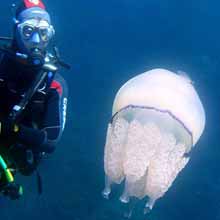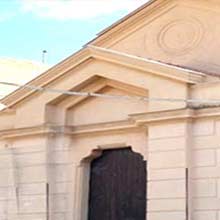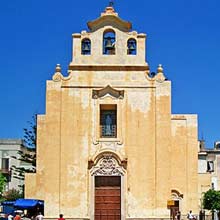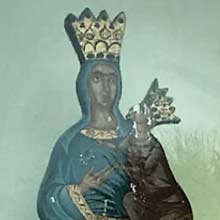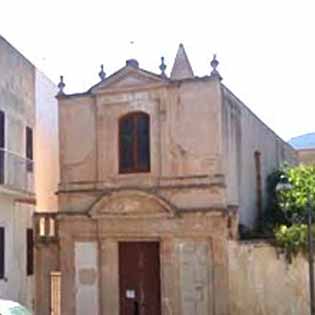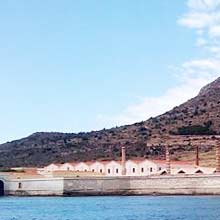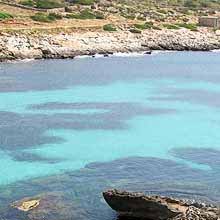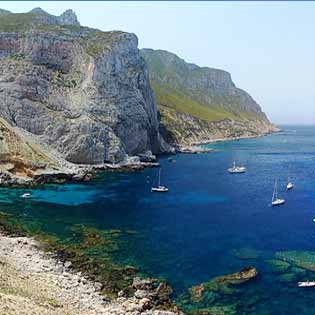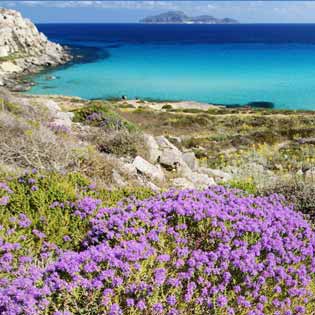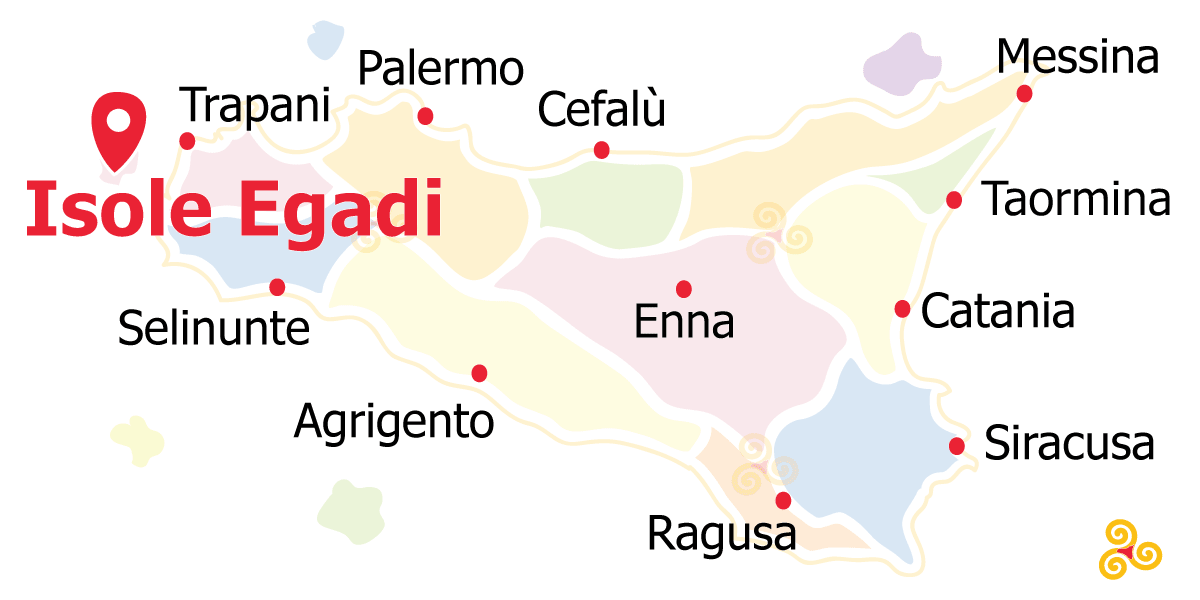
Provincia: TP - Area: Trapani surroundings
The Egadi archipelago is located at the western end of Sicily, a few miles from Trapani, and is made up of the islands of Favignana, Levanzo, Marettimo, the islet of Formica and the rock of Maraone. The Egadi islands are set in splendid crystal clear waters, and are home to a rich and varied marine flora and fauna.
The island of Favignana is the main island of the Egadi archipelago. The island has a peculiar butterfly shape with outstretched wings divided into two parts by the hill of Santa Caterina.
The island was known in ancient times with various names such as Aponiana, Katria, Gilia, Aegusa, or "island of the goats" given their abundant presence on the island. The current name of Favignana dates back to the Middle Ages and derives from the name of the Favonio wind coming from the West.
The coasts of the island offer different locations to meet everyone's tastes and needs: there are beaches with fine golden sand, suggestive sandy coves, beaches suitable for children, perfect locations for snorkeling, typically rocky areas for those who love dive, and the sea caves reachable by boat such as the Grotta dei Sospiri, and areas in which to make splendid dives.
On the island of Favignana there is no shortage of cultural attractions such as: the former Florio factory and its museum, Palazzo Florio, the Chiesa Matrice and that of Sant'Antonio da Padova, the castles of Santa Caterina and San Giacomo from the Norman era, the caves sites of archaeological interest such as the Grotta della Stele, the Grotta del Pozzo and the caves of Ficarra II and III. Certainly rich in history and culture of the Egadi are the tuff quarries, real works of art: and the most spectacular quarries are in the area of Scalo Cavallo, Cala Rossa, and Bue Marino. Closely linked to the tuff quarries are the Hypogeum Gardens.
The island of Levanzo is the smallest of the islands in the Egadi archipelago.Levanzo is made up of the town, a small town that has about 200 inhabitants and then of wonderful beaches, caves and ravines, deriving from the constitution of the coast, made up of white limestone rocks.
Its name of Greek origin Phorbantia is believed to be linked to the abundant presence of grass on the island. The name by which we know it today has no certain origins, it could derive from the way of supplying the water, that is "raising up" the water from the only well on the island, or to a transformation of the word "Laepantio", believed to be that of a man of illustrious lineage who would have dominated the island.
Bathed by crystal clear waters, Levanzo offers beautiful pebble and sandy beaches, many of which can also be reached on foot.
For diving enthusiasts Levanzo offers a very attractive archaeological-underwater itinerary to discover ancient wrecks and Roman finds.
The Grotta del Genovese dating back to the Palaeolithic-Neolithic period is very famous with its splendid graffiti and paintings on the walls.
The island of Marettimo is the wildest and most unspoiled of the islands of the Egadi archipelago.
Marettimo is very rich in caves, both emerged and submerged, it has about 400, and small and wonderful pebble bays that can be reached by boat and visited in a circumnavigation of the island.
Marettimo also offers wonderful experiences for diving enthusiasts. There is also a historical-archaeological itinerary represented by the visit to the archaeological site Case Romane and to the Castle of Punta Troia. The visit to the Sea Museum of Maritime Activities and Traditions and Emigration located in the inhabited area of the island is interesting.
Its distance from the Trapani coast, the impervious nature of the mountain and the low human impact on the environment, has allowed it to preserve a very precious vegetative and fauna heritage. This wealth makes it an unmissable destination for all lovers of nature and trekking thanks to the paths created by the forest.
The islet of Formica is a small strip of land, almost a large rock that takes its name from the singular "invasion" of ants on its rocks covered with a viscous plant. An old trap still exists on the islet, testifying to the fact that Formica was the seat of the second trap of the Egadi Islands. There is a museum that houses amphorae and an ancient boat, used for the slaughter, perfectly preserved. There is also an ancient church where fishermen and inhabitants used to go to pray.
Maraone is a flat rock, totally uninhabited, located west of the islet of Formica.



